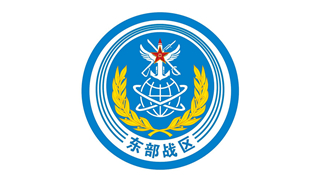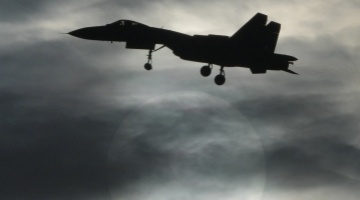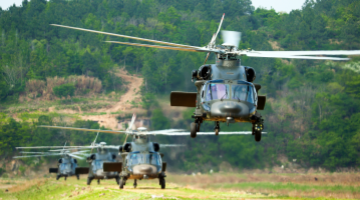Recently, Japan has been engaging in a slew of dangerous moves, including significantly upgrading the US-Japan Security Treaty, collaborating with the US, Australia, and the Philippines to launch a joint military drill in the South China Sea, and seeking to join AUKUS... Such moves have triggered opposition from different sides. Some insightful people in Japan pointed out that the Japanese government is trying to expand its military strength by means of military alliances, embarking on a "dangerous road toward war". Countries in the region must be highly vigilant of this trend.
Among the recent dangerous moves made by Japan, the most controversial one is the significant strengthening of the US-Japan military alliance. After its surrender in World War II in 1945, the Japanese government signed two security treaties with the US government, establishing the US-Japan alliance.
The new version of the US-Japan Security Treaty stipulates that the US has the obligation to assist in the defense of Japan when the latter faces an armed attack, and the US military is eligible to use military bases in Japan. In recent years, the US has carried out the so-called "Indo-Pacific Strategy", taking Japan as an important chess piece and hatchet man. Some right-wing forces in Japan are trying to get rid of the shackles of the pacifist Constitution and seek political and military normalization, in an attempt to build Japan into a military power. To this end, they want to take advantage of the power of the US. In this context, both sides struck an instant chord with each other since each could get what they wanted from the other.
Last year, the Japanese government bestowed on its Self-Defense Forces a new function, shifting from being "exclusively defense-oriented" to "possessing counter-strike capabilities". The recent US-Japan summit in Washington D.C. achieved the "biggest upgrade of the US-Japan Security Treaty in more than 60 years". The revised version mentioned that the two sides would reorganize the US military headquarters in Japan and strengthen military cooperation to transform Japan's Self-Defense Forces into "attack forces" and enhance military integration between the US and Japan.
Moreover, the US and Japan announced the upgrade of their bilateral relationship from "allies" to "global partners" and the expansion of their scope of cooperation, including joint research and development of cutting-edge technologies such as artificial intelligence and quantum computing. At the same time, the joint statement issued by the two sides mentioned the East China Sea issue, the South China Sea issue, and the Taiwan question and claimed to strengthen the so-called multilateral cooperation and strengthen Japan's ties with NATO. According to some analysts, these moves show that Japan is further deviating from the pacifist Constitution, catering to the US global strategy in various aspects, and establishing a small clique with a clearer attention to target China.
In addition, the Japanese government has taken intensive military and security actions to promote the transformation of the post-war system and enhance its regional and international influence over the past few years, such as proposing to revise the Three Principles on Transfer of Defense Equipment and Technology to allow the export of lethal weapons, strengthening military reform, planning to increase its defense budget to 2% of the GDP by 2027, and actively moving closer to NATO countries.
In the view of analysts, the ultimate goal of the Japanese government is to revise the pacifist Constitution and "comprehensively shake off" the shackles on its military. Due to opposition from the majority of Japanese people, however, the Japanese government can't amend the constitution for now but has attempted to continuously break post-war military taboos, including intervening in regional disputes under the pretext of helping other countries such as allies, so as to gradually achieve its ultimate goal.
Meanwhile, as the world's largest military power, the US continues interfering in Asia-Pacific affairs, which demonstrates an evident military purpose. The upgrade of the US-Japan military alliance may disrupt the balance in the Asia-Pacific region and threaten regional peace and stability.
The Asia-Pacific region is a hub of peaceful development, not an arena for the game between major powers. As a country with heavy historical debts, Japan will only put itself in an even more dangerous situation if it follows the path of the US to become a military power and revive militarism. Just as Magozaki Ukeru, president of Japan's East Asian Community Institute, said, stopping militarization and establishing friendly relations with neighboring countries should be the top priority of the Japanese government.
Editor's note: Originally published on cri.cn, this article is translated from Chinese into English and edited by the China Military Online. The information and opinions in this article do not necessarily reflect the views of eng.chinamil.com.cn.









